Budapest in Photos
The Hungarian Parliament building is seen in this photo. Construction began in 1885 and the building was inaugurated in 1904. The building was damaged during World War II, then again damaged during the Hungarian Revolution of 1956, but has since been restored.
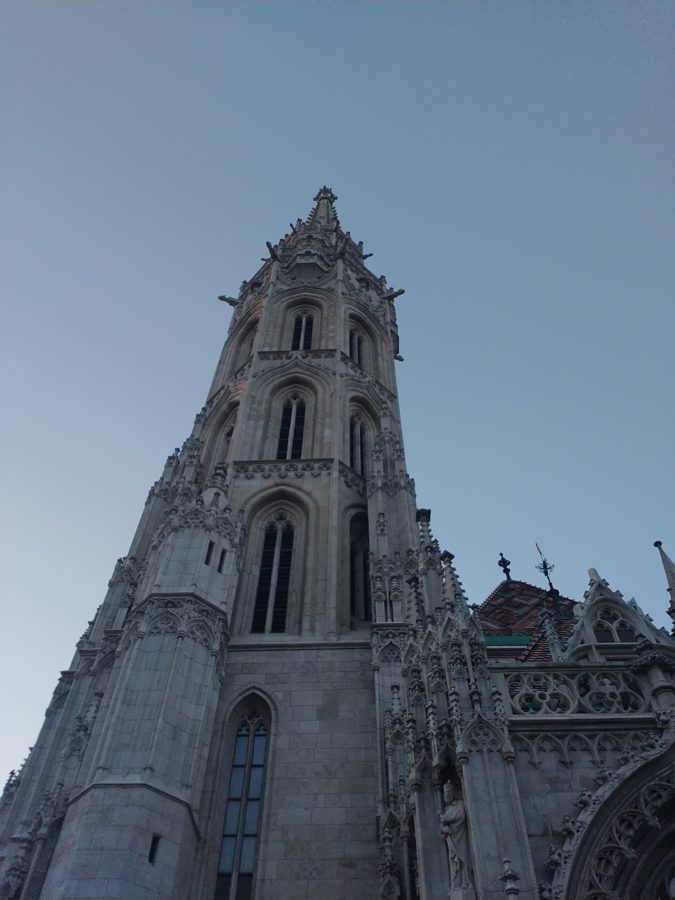
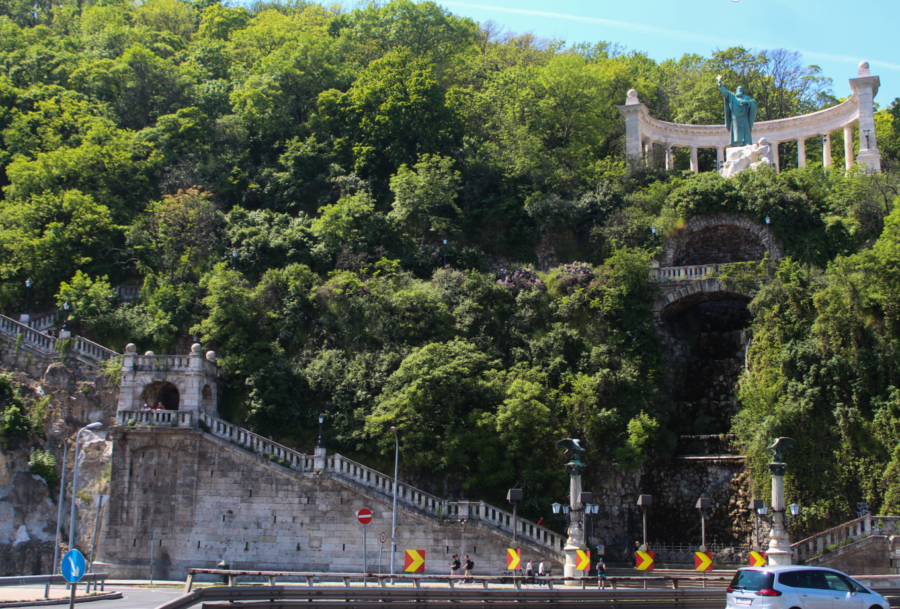
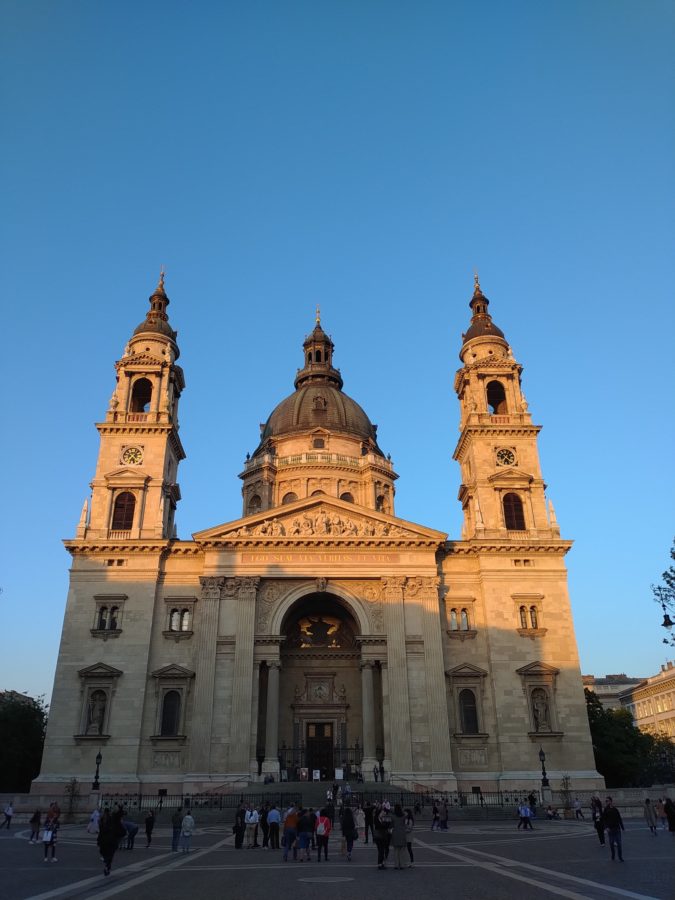
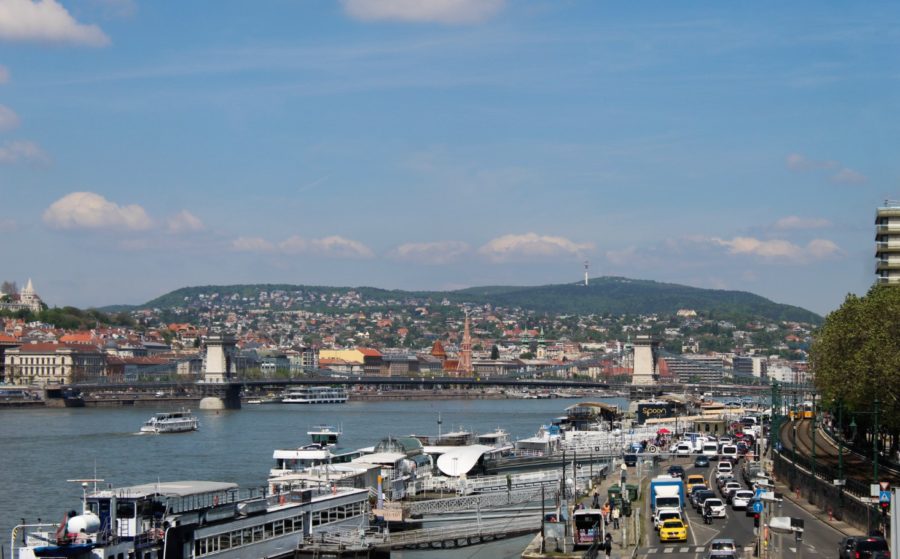
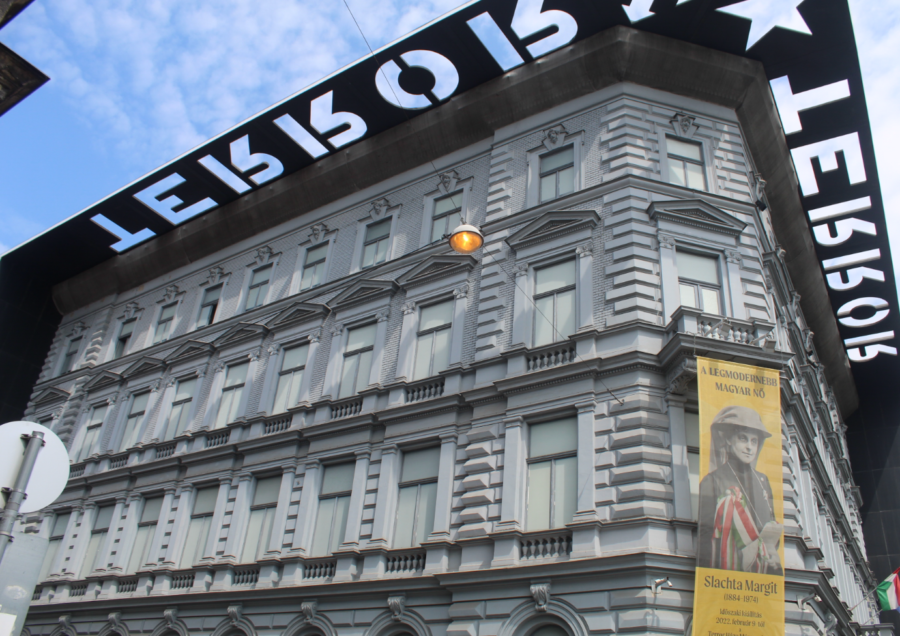
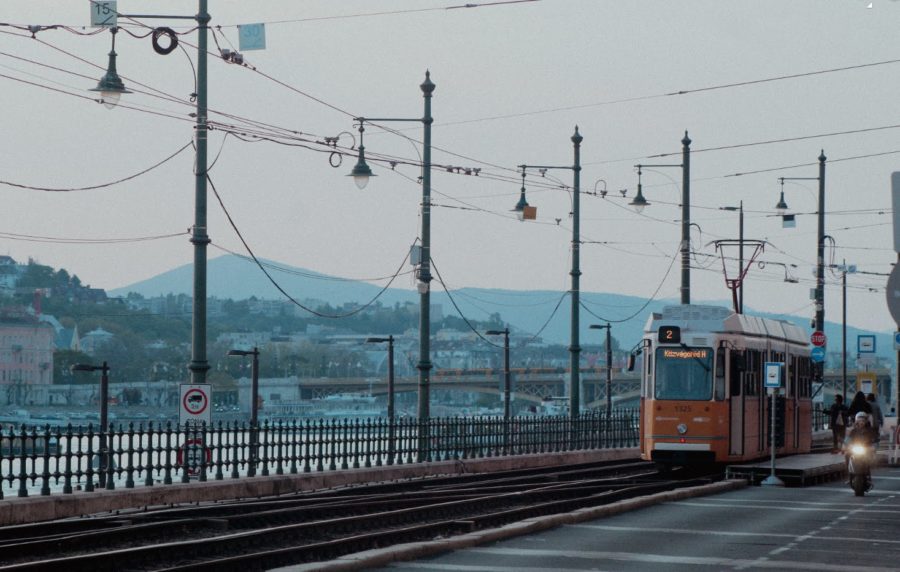
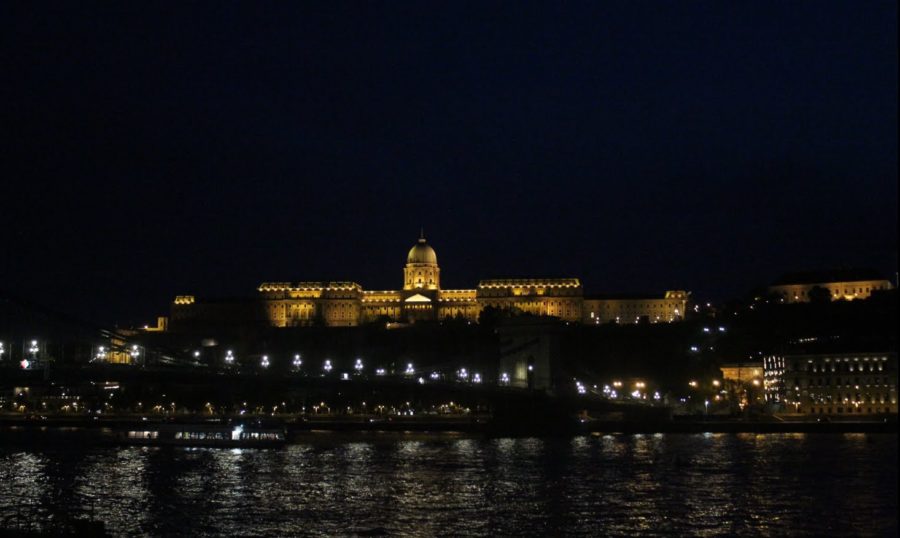
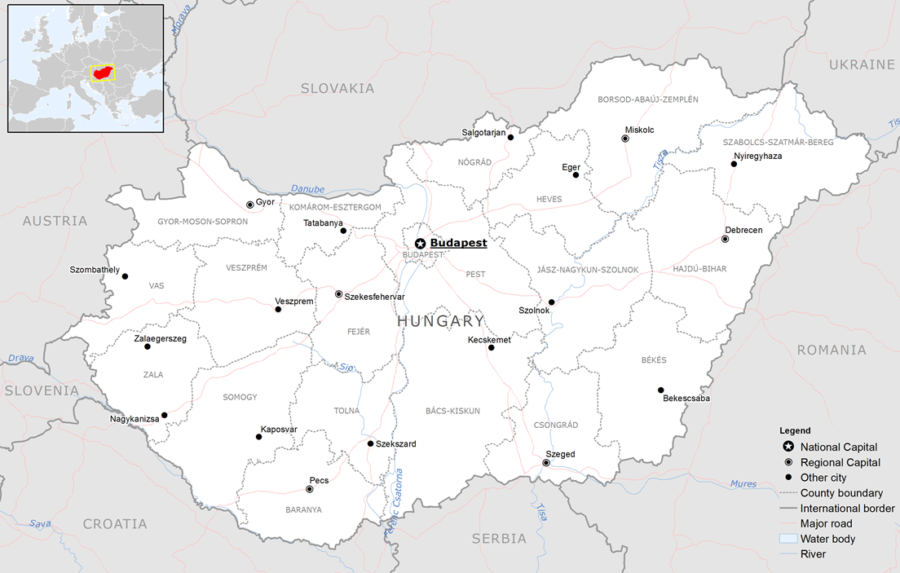
About the Contributor
Philip Roberts, Reporter
Philip is a senior from the Washington, D.C. area. In his free time, he enjoys writing, singing, traveling, and photography.

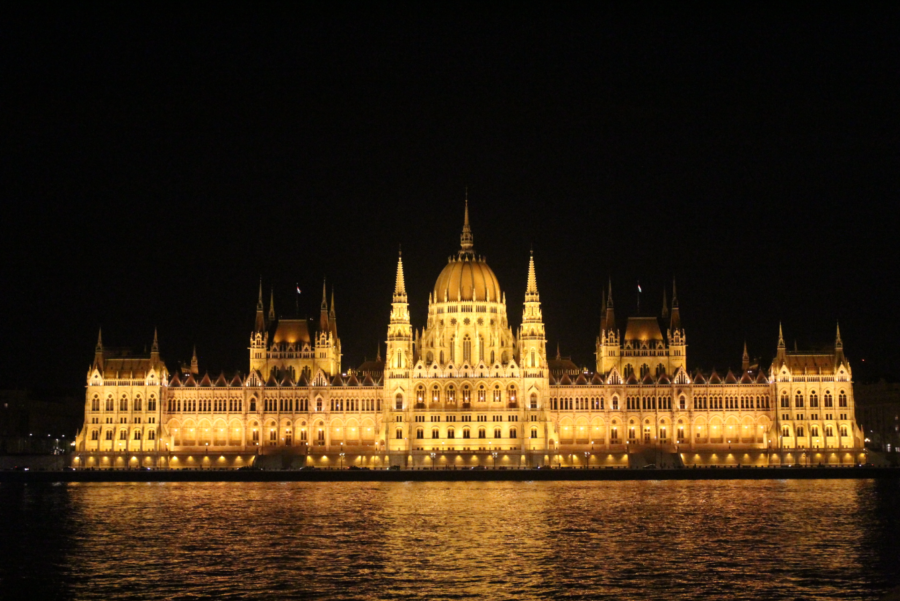
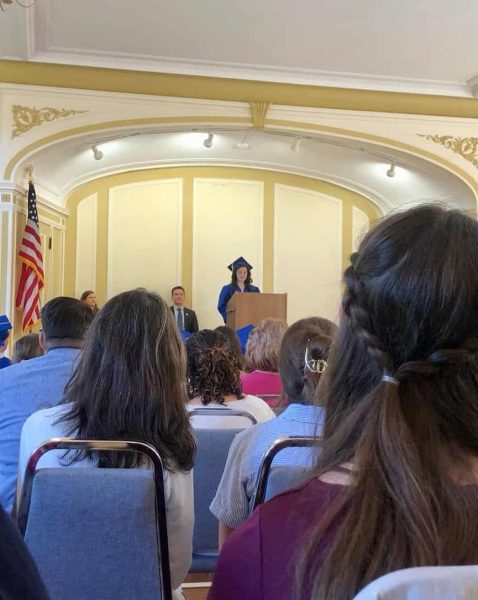
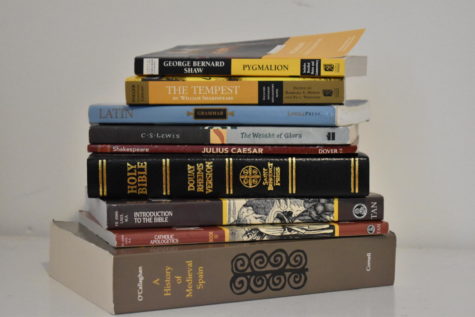
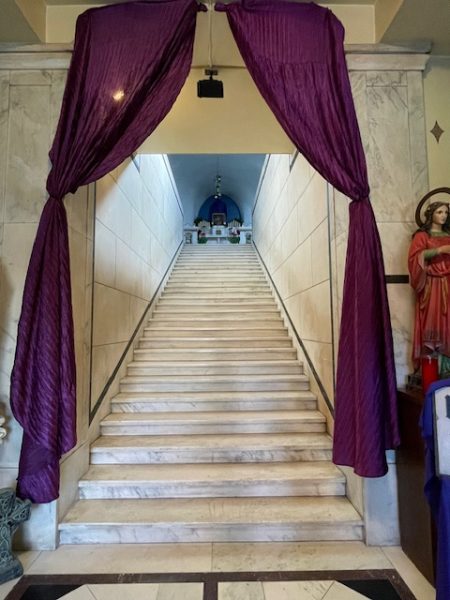


Lucia Viloria • Jun 8, 2023 at 6:04 pm
Amazing! What a beautiful city!